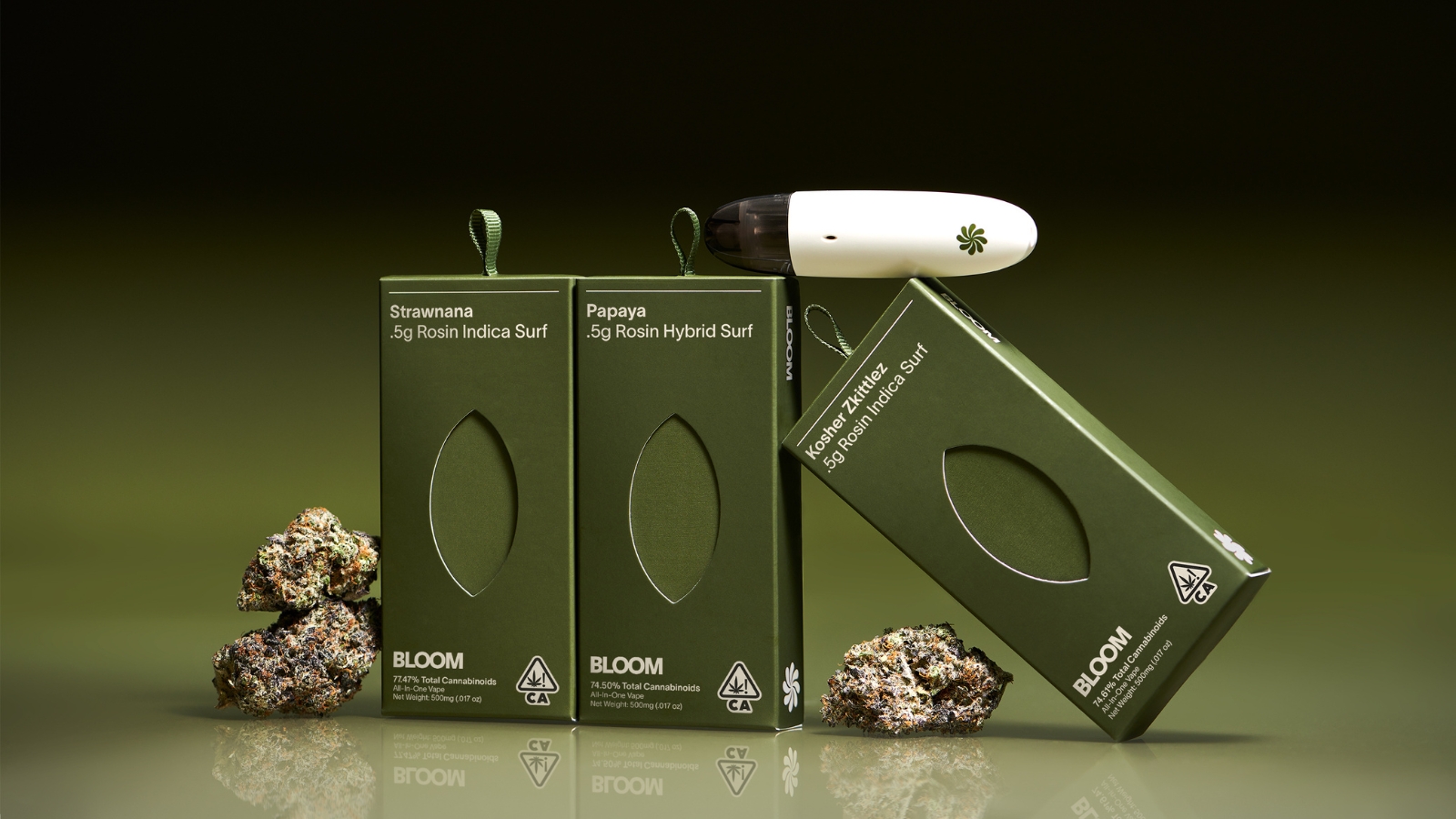Jiu-Jitsu is among the most physically and psychologically demanding sports in the world. Professional Jiu-Jitsu fighter Arun Sharma found out how to get ahead by harnessing the benefits of cannabis.
“I had a very conservative upbringing,” he says.
Raised in a traditional Indian household, he maintained a disciplined approach to both sports and academics. Needless to say, quitting was never an option.
“I wasn’t interested in drugs or alcohol,” says Sharma. However, that doesn’t mean the opportunity wasn’t there. Friends, neighbors, and peers offered him marijuana on countless occasions.
Years later, Sharma decided to visit a doctor to receive a medical marijuana recommendation. “I wanted to explore it [cannabis] on my own. I didn’t want this thing to have power over me,” he says.
To Sharma, cannabis offers a higher level of consciousness. He wanted to learn more about his underlying anxieties and emotions. “At first, cannabis triggered my anxiety in a pretty significant way. I used it to help me understand my anxiety and deal with it,” he says.
However, he didn’t mix athletics and cannabis until he learned how to listen to his body and how it would respond to different strains and doses.
Like many Jiu-Jitsu athletes, he accumulated a number of critical injuries over the years. Between a blown out knee and broken ankle, heavy use of pain medication became the norm.
Finally, Sharma turned to CBD (the component responsible for a great deal of marijuana’s medical benefits) to recover his body.
“It’s all about self restoration. For me, cannabis is that catalyst,”
“It’s all about self restoration. For me, cannabis is that catalyst,” he says. “People have used it [cannabis] for its healing powers for thousands of years – all over the world. It’s natural. It’s not comprised of synthetics from a lab. It just made sense.”
Cannabis also has a huge impact on his ability to train smarter. “I’m much more in tune with my body. Cannabis strengthens my mind/body communication. I have a deeper concentration during mobility work, I get deeper into stretches, and I recover more efficiently. I also know when to stop. When athletes don’t listen to their body, that’s when they’re most susceptible to injury,” he says.
When asked which strains he goes for, Sharma says “I prefer a sativa for conditioning and I’ll follow training with CBD to allow my body to recover.” However, he admits he prefers not to smoke when learning new drills and techniques.
His advice for athletes looking to try cannabis? “Your body will tell you everything you need to know. Listen to it. But without ego.”





